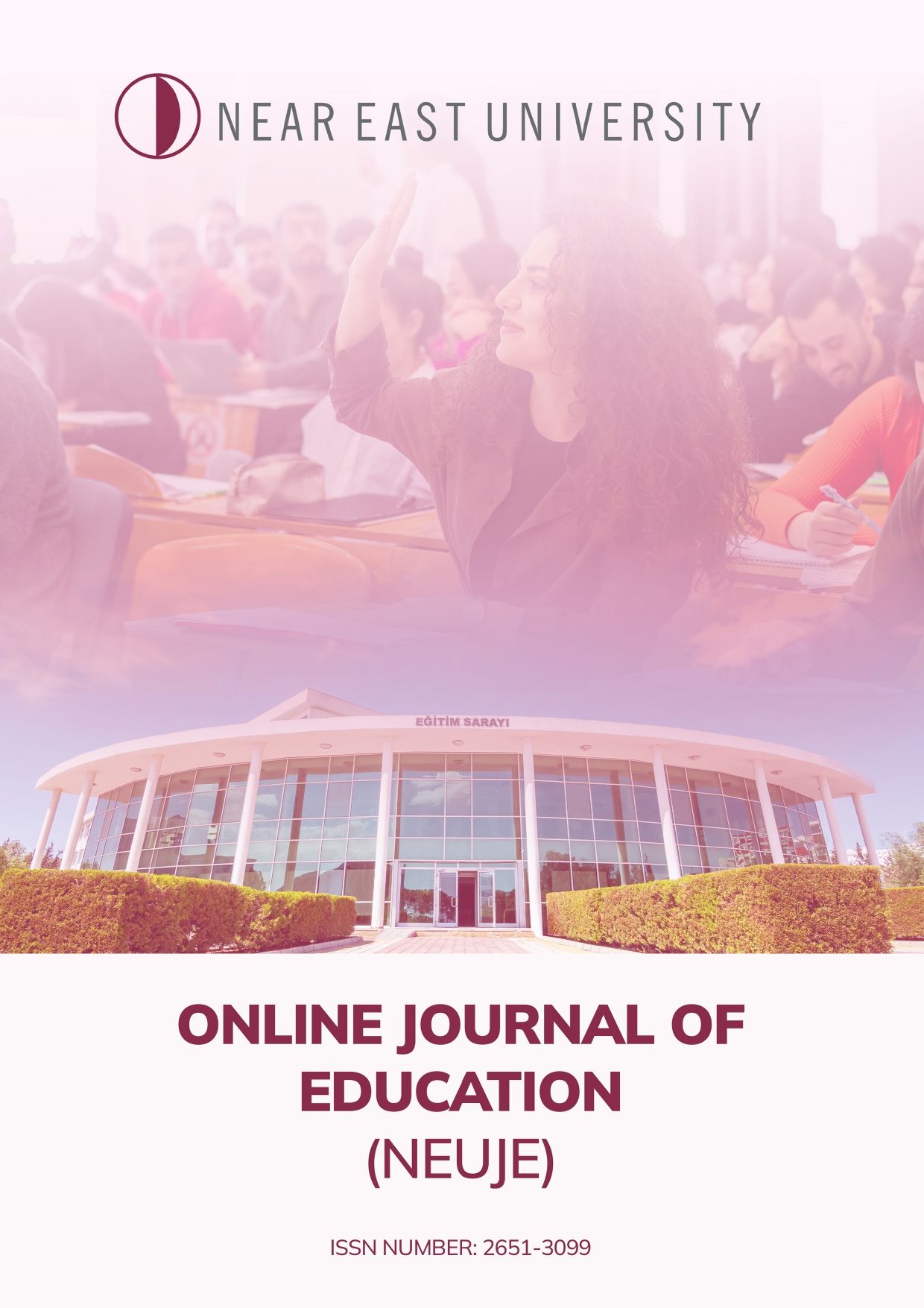DETERMINING THE ENGLISH PREPARATORY SCHOOL STUDENTS' READINESS FOR ONLINE LEARNING
DOI:
https://doi.org/10.32955/neuje.v3i2.243Abstract
The aim of this study is to evaluate students ' readiness for online learning at the Near East University English Preparatory School and to provide suggestions on how they can be further supported to strengthen their online learning. 202 adult students participated in the study were fall semester students of the 2019-2020 Academic year. As the data collection tool, Online Learning Readiness Scale (OLRS) by Hung et al. (2010) was used. The dimensions of the scale are; self-directed learning, motivation, learner control, computer-Internet self-efficacy, and online communication self-efficacy. The data obtained showed that the participants were ready in all dimensions with some variations within the dimensions. In the self-directed learning dimension, the participants were observed to lack the ability to manage time in their studies however they were willing to ask for help when they need help. Although the scores were above the average, Computer / Internet self-efficacy was found to have the lowest scores compared to the other dimensions. Participants stated that they were distracted by other online applications while studying for their online course. Results for computer / internet self-efficacy dimension showed that participants did not have a very high readiness in using basic Microsoft Office Programs, reaching information easily via online search and using online applications. Motivation and Online Communication self-efficacy dimensions were found to be the dimensions where all the items received a high score.
Keywords: Online learning, online learning readines, english preparatory school
Downloads
Published
How to Cite
Issue
Section
License
Authors who publish with this journal agree to the following terms:





